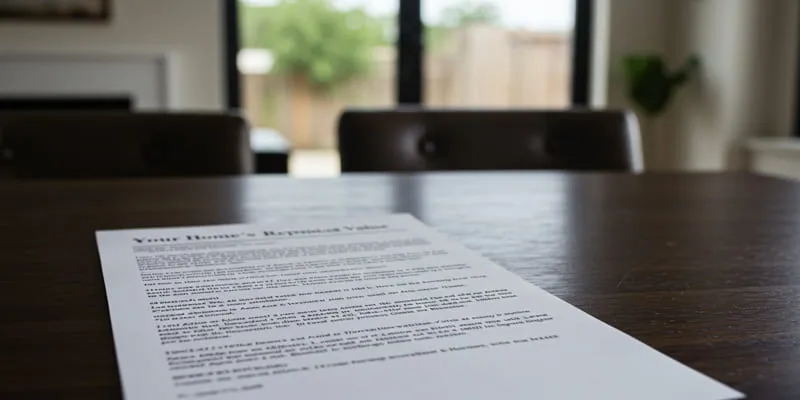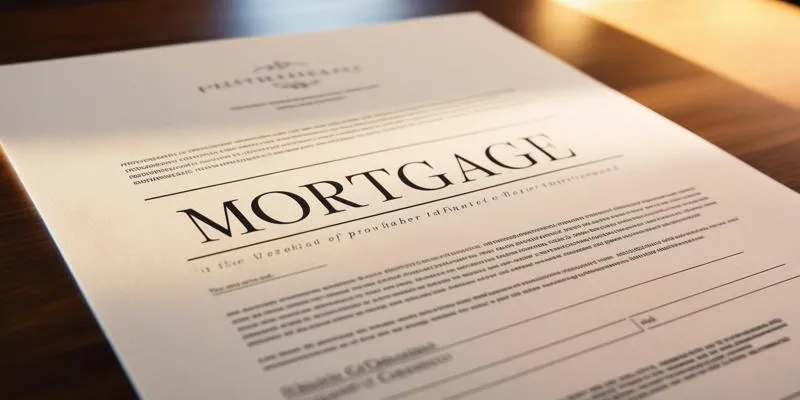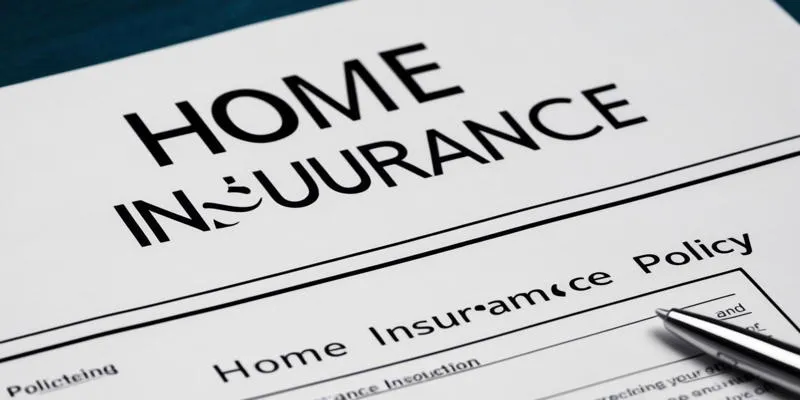How to Access Your Home Equity: A Simple Guide
Homeownership can be a valuable asset, not just as a place to live but also as a means to access funds. If you’re considering ways to tap into your home’s equity , you’re in the right place.

This article will guide you through the different methods of taking equity out of your home, the pros and cons of each option, and what you need to consider before making a decision. Whether you’re looking to finance a big purchase, consolidate debt, or invest in other opportunities, understanding your choices is key to making the right financial move.
Understanding Home Equity
Before diving into how to take equity out of your home, let’s clarify what home equity is. Simply put, home equity is the difference between your home’s current market value and the outstanding balance on your mortgage. For example, if your home is worth $300,000 and you owe $200,000 on your mortgage, your equity is $100,000. This equity can be a powerful resource for homeowners, providing access to cash without selling your property.
Options for Taking Equity Out of Your Home
There are several ways to take equity out of your home, each with its own benefits and drawbacks. Here’s a breakdown of the most common methods.

Home Equity Loan
A home equity loan allows you to borrow a lump sum based on the equity you’ve built in your home. This option typically comes with a fixed interest rate and a set repayment schedule. It’s often referred to as a second mortgage, as your home secures it.
Home equity loan s are ideal for homeowners who need a specific amount of money for a one-time expense, such as home renovations or educational expenses. The predictability of fixed payments can make budgeting easier. However, if you’re unable to make your payments, you risk foreclosure since your home secures the loan.
Home Equity Line of Credit (HELOC)
A home equity line of credit, or HELOC, operates more like a credit card. You’re given a credit limit based on your home equity , and you can draw from it as needed. This option typically has a variable interest rate, which means your payments may fluctuate over time.
HELOCs are versatile and can be used for various expenses, from emergency funds to ongoing projects. One downside is that the variable interest rate can lead to higher payments if rates increase. Moreover, as with any secured loan , failure to repay can result in losing your home.
Cash-Out Refinance
Cash-out refinancing involves replacing your existing mortgage with a new, larger mortgage. The difference between the old and new mortgage amounts is given to you in cash. This option can be appealing if you can secure a lower interest rate on your new mortgage compared to your existing one.
Cash-out refinancing is a good choice if you want to consolidate debt or finance a major purchase while potentially lowering your monthly payments. However, it comes with closing costs similar to your original mortgage, which can add to your expenses.
Factors to Consider
Before deciding how to take equity out of your home, there are several factors you should weigh.
Interest Rates
The interest rates associated with home equity loan s, HELOCs, and cash-out refinancing can significantly impact your overall costs. Compare rates from different lenders to ensure you’re getting the best deal. Be mindful that variable rates can change, potentially increasing your payments over time.
Fees and Closing Costs
Each option may come with fees, including closing costs, appraisal fees, and origination fees. Make sure to account for these costs when calculating how much money you’ll receive and whether it’s worth the expense.
Loan Terms
Consider the repayment terms for each option. A home equity loan may have a longer repayment period, while a HELOC might require interest-only payments during the draw period. Assess how these terms fit into your financial plan.
Your Financial Situation
Before tapping into your home equity , evaluate your financial situation. Ensure that you can manage the additional debt and that your income supports your ability to repay it. Using home equity to consolidate higher-interest debts can be a smart move, but ensure you’re not taking on more than you can handle.
Steps to Take When Accessing Home Equity
Once you’ve decided on the best method for taking equity out of your home, follow these steps to get started.

Assess Your Home Equity
Begin by determining your home’s current market value. You can do this by checking recent sales of similar properties in your area or getting a professional appraisal. Subtract your mortgage balance from this value to find out how much equity you can access.
Shop Around for Lenders
Once you know how much equity you have, it’s time to shop around for lenders. Compare interest rates, fees, and loan terms from various financial institutions. Don’t hesitate to negotiate to secure better terms.
Gather Necessary Documentation
Lenders will require documentation to process your application. This typically includes proof of income, tax returns, and information about your existing mortgage. Being organized can speed up the approval process.
Complete the Application
Submit your application along with the required documentation. Lenders will review your credit history, income, and overall financial situation to determine your eligibility.
Understand the Terms Before Signing
Before finalizing any loan , carefully read the terms and conditions. Make sure you understand the interest rate, repayment schedule, and any associated fees. If you have questions, don’t hesitate to ask the lender for clarification.
Close the Loan
Once everything is in order, you’ll go through the closing process. This may involve signing several documents and paying any closing costs. After closing, the funds will typically be disbursed to you, allowing you to use your equity as planned.
Conclusion
Accessing the equity in your home can be a strategic financial move, whether for home improvements, debt consolidation, or other investments. By understanding your options—home equity loan s, HELOCs, and cash-out refinancing—you can make informed decisions that align with your financial goals.
Remember to consider interest rates, fees, and your ability to repay before proceeding. With the right approach, taking equity out of your home can provide the financial flexibility you need to achieve your objectives.







